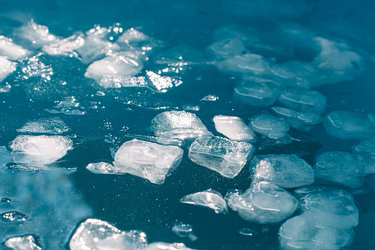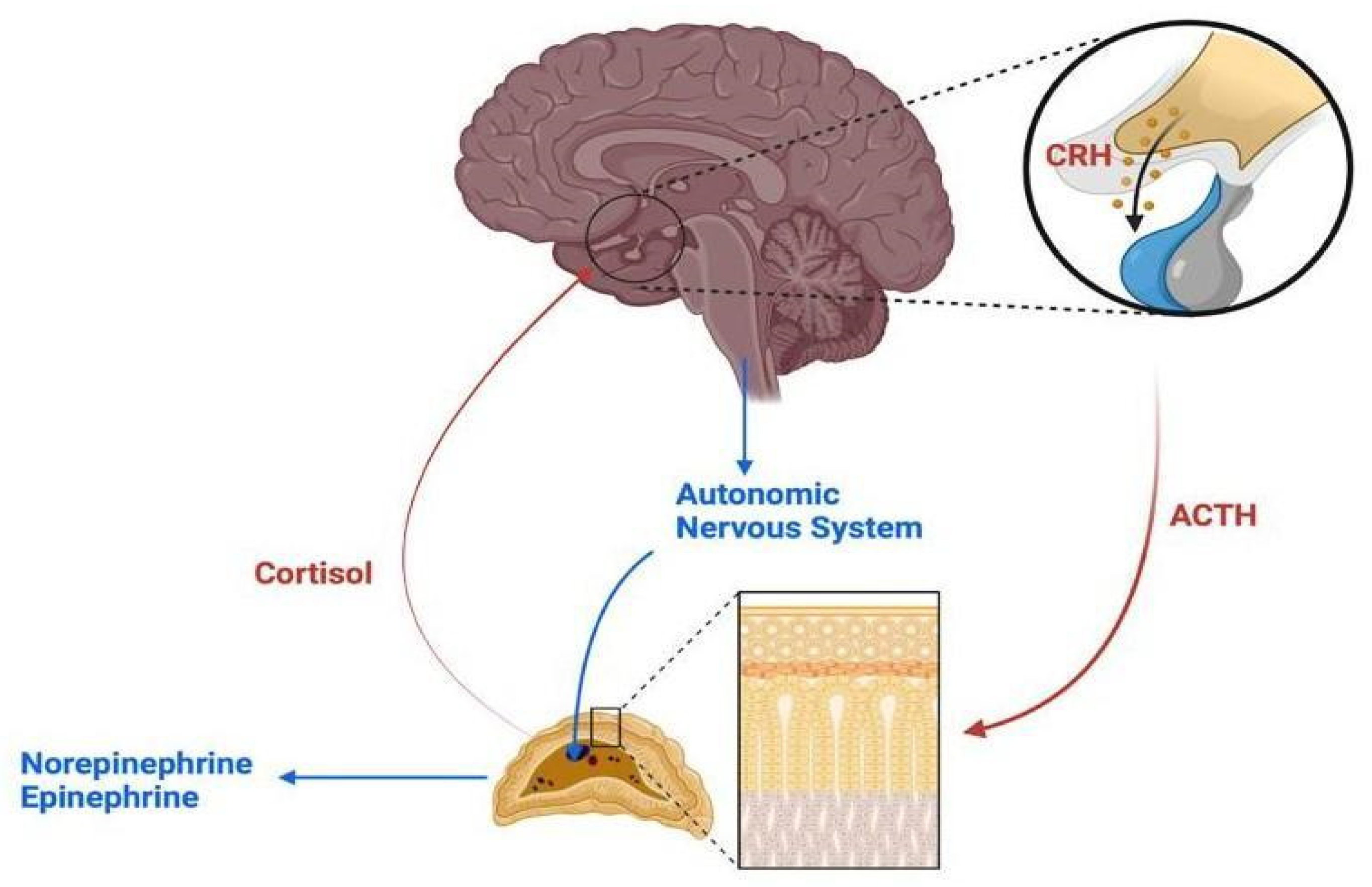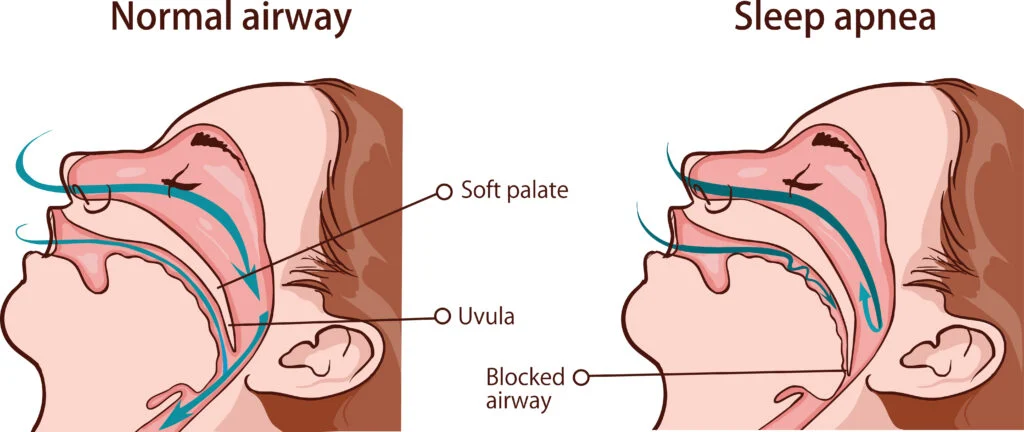
Activate Calm in Seconds with Cold Water
Your Nervous System Has a Built-In Reset Switch
Stress responses are not just emotional. They are deeply physiological, driven by shifts in heart rate, hormone release, and nervous system activation. The good news is that your body also comes equipped with fast ways to reverse those signals. One of the most powerful is incredibly simple: cold water on your face.
A splash of cold water, especially around the eyes, nose, and upper cheeks, triggers a deep brain-body reflex that slows heart rate, reduces sympathetic arousal, and activates the vagus nerve. This response is part of the mammalian dive reflex, a hardwired survival circuit found in all humans.
You do not need ice baths or high-stress exposure to activate it. Even brief, targeted cold exposure can shift your internal state within seconds.
What the Mammalian Dive Reflex Actually Does
The dive reflex is a primal safety mechanism. When the face contacts cold water, your body assumes it needs to conserve oxygen and protect vital systems. It automatically lowers your heart rate, redirects blood flow to the core, and slows metabolic activity.
Key systems involved include:
- Vagus Nerve Activation
The vagus nerve helps regulate the parasympathetic nervous system, which is responsible for rest and recovery. Cold stimulation near the trigeminal nerve branches on the face rapidly activates vagal tone, which calms your body and shifts it away from fight or flight (Yamamoto et al. 2013). - Baroreflex and Heart Rate Control
The baroreflex monitors blood pressure and helps adjust heart rate. Cold exposure increases baroreflex sensitivity, which reduces cardiovascular stress during moments of arousal (Stemper et al. 2016). - Neurochemical Shifts
Cold water triggers norepinephrine and endorphin release. These changes enhance alertness while also creating a rebound calming effect when the cold is removed.

This Is Why It Works So Fast
Your skin, especially on the face, is packed with sensory neurons that feed directly into brainstem reflex pathways. Unlike mental strategies like reframing or self-talk, cold exposure bypasses the thinking brain. It sends physical signals that shift your internal state at the root level.
This makes cold water an ideal tool for:
- Acute anxiety
- Pre-performance tension
- Emotional spirals
- Post-meeting decompression
- Midday burnout
It is safe, accessible, and highly effective.
What Happens If You Ignore the Signals
Without a way to reset your nervous system, stress accumulates across the day. You may not notice until it erupts as tension, poor sleep, impulsive decisions, or burnout.
Chronic sympathetic activation raises baseline cortisol, increases inflammation, and dysregulates digestion and hormone function (McEwen 2000). Over time, this shifts your default state from calm to wired, even in moments that should feel neutral.
Short resets throughout the day protect your capacity for focus, emotional regulation, and recovery. Cold water is one of the easiest and fastest ways to achieve that reset.

How to Use Cold Water as a Vagus Nerve Tool
1. Splash Your Face with Cold Water
Use cool or cold water on the eyes, upper cheeks, and forehead. Five to ten seconds is enough. Repeat two to three times as needed. Exhale slowly through the nose afterward to deepen the parasympathetic response.
2. Use a Cold Compress
A soft cloth or gel mask from the fridge can create a similar effect. Press it gently against the face while sitting or lying down. Hold for one to two minutes.
3. Pair with Breathing
After the cold exposure, take six slow nasal breaths with long exhales. This strengthens vagal tone and extends the calm signal.
4. Apply Before High-Stress Moments
Use this before presentations, intense conversations, or focus sessions. It helps anchor your system in calm alertness without relying on stimulants or distractions.
The Takeaway
Your brain does not always need to think its way out of stress.
Sometimes it just needs the right signal.
Cold water on the face is more than a refresh. It is a built-in biological switch that sends your body back to safety, presence, and control. In seconds.
No apps. No devices. Just water and the right nerve endings.
References
- McEwen, B. S. (2000) ‘Allostasis and allostatic load: implications for neuropsychopharmacology’, Neuropsychopharmacology, 22(2):108–124. https://doi.org/10.1016/S0893-133X(99)00129-3
- Stemper, B. et al. (2016) ‘Cold face test induces baroreflex-mediated bradycardia in healthy humans’, Autonomic Neuroscience, 198:58–65. https://doi.org/10.1016/j.autneu.2016.06.006
- Yamamoto, Y. et al. (2013) ‘Vagus nerve stimulation activates the prefrontal cortex and produces antidepressive effects in rats’, Biological Psychiatry, 74(4):264–271. https://doi.org/10.1016/j.biopsych.2013.01.034
- Porges, S. W. (2007) ‘The polyvagal perspective’, Biological Psychology, 74(2):116–143. https://doi.org/10.1016/j.biopsycho.2006.06.009



















